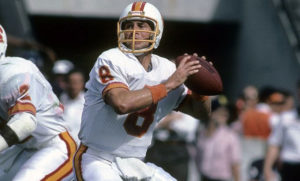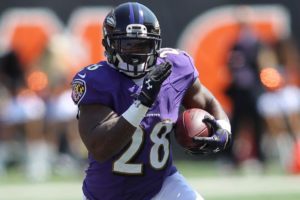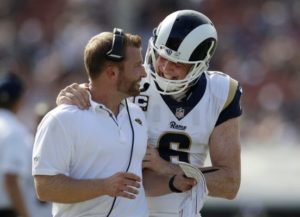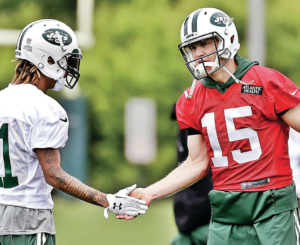A couple of years ago, I wrote about the best field goal kickers in NFL history. That was a three–part series where I measured how accurate each field goal kicker has been after adjusting for era and distance. The result? Nick Lowery was, by a clear margin, the most valuable field goal kicker in NFL history. He made kicks at a rate nearly 10% higher than league average after adjusting for era and distance, an astonishing level of success considering his reputation hasn’t quite matched his production.
Today, I wanted to update that post and also provide a comparison of the four men generally considered in contention for the title of top field goal kicker in history: Jan Stenerud, the first pure placekicker to make the Hall of Fame, Morten Andersen, who became the second such Hall of Famer this year, Nick Lowery, my choice for the best kicker ever, and Gary Anderson, who had a long and distinguished career.
I used a simple methodology this time around to compare the four kickers: I catalogued all field goal attempts in NFL history into five yard ranges (i.e., 40-44, 45-49, 50-54, etc.). Then, I looked at the league average success rate that season and calculated the expected number of field goals an average kicker would be expected to make from that range. So if the league average rate on kicks from 40-44 yards was 75%, a kicker with 8 field goal attempts from that rage would be “expected” to make 6 of those attempts. Finally, I calculated how many field goals each kicker made above expectation, and then created the following four charts. So if a kicker made 7 out of 8, he would be at +1.0. I have coded particularly good outcomes in blue, and bad outcomes in red. Let’s get to it.
Jan Stenerud [continue reading…]







